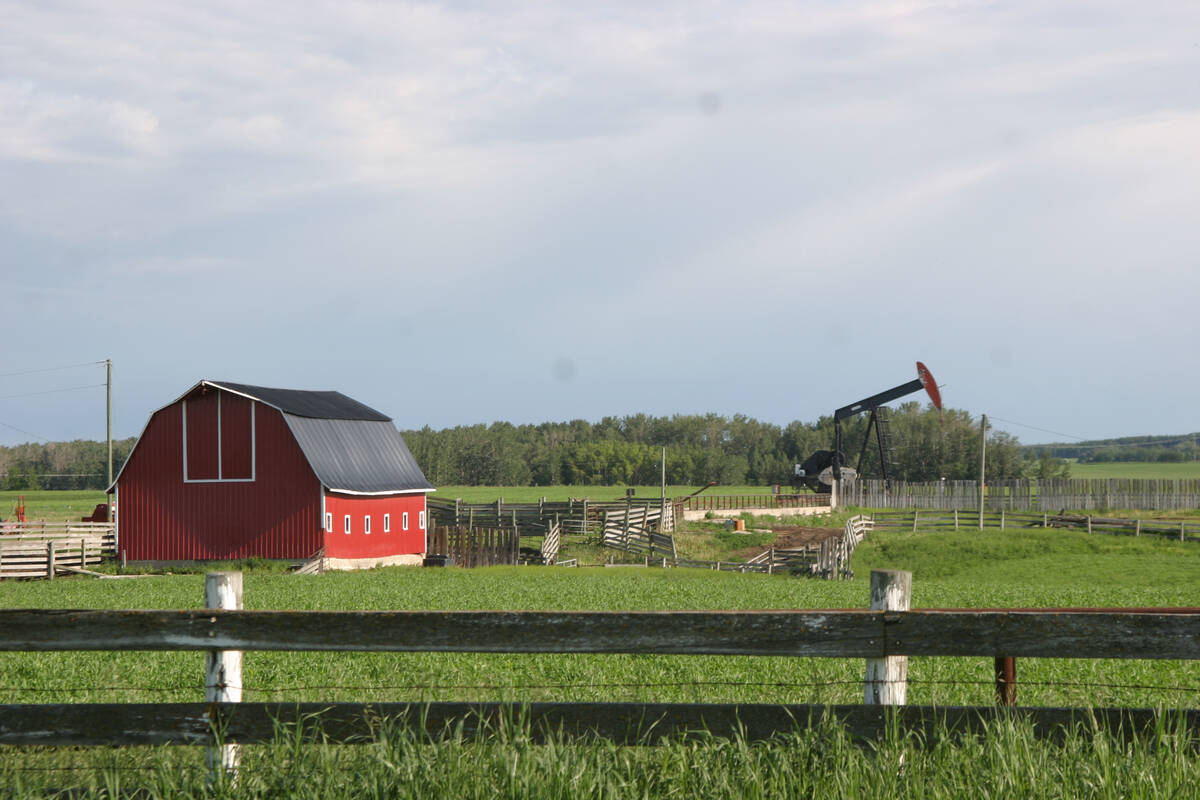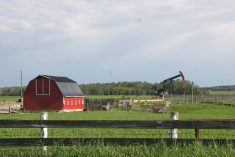The prolonged cold and wet spring and heavy rainfall through the summer has many specialty crop growers pondering crop failure or major quality losses.
Producers were uneasy last week as temperatures had already reached down to two and three degrees some mornings, evoking fears of an early frost that could reduce crops such as soft wheat to livestock feed.
But Dan Lievaart credits good luck and good management for finishing his 2010 harvest of about 250 acres of soft wheat while many producers across the province see their crops being weeks behind normal development.
Read Also

Recommendations in the mature assets strategy could cause potential problems for landholders
The Western Stock Growers’ Association urges producers to pay attention to the potential changes to Alberta’s Mature Assets Strategy.
Lievaart points to a period in the second week of April, a period of cold weather, when he decided to bite the bullet and seed his soft wheat. “Nine out of 10 years it pays to seed early with soft wheat,” he said. “It was a time when the fields were dry enough so we decided to seed early.”
He seeded AC Andrew, the standard for soft wheat used mostly to produce cookie and pastry flour. He only irrigated once in July, a critical time to use water to keep protein levels low in the grain. Low protein is demanded by soft wheat millers. The crop is being marketed under a sales contract with Ellison Milling in Lethbridge.
Some southern Alberta soft wheat crops are being declared among the best on record this fall. An early frost, however, could change things dramatically. Last week farmers were looking at Sept. 12 to 15, when the first frost of the season usually arrives.
“It is going to be hard to get a good harvest unless there is no frost in September and even into October,” said Lynn Jacobson of Enchant, president of the Alberta Soft Wheat Producers Commission.
Most soft wheat crops are three weeks later than normal following the extremely wet spring that delayed field operations in most areas. Jacobson said it looks like the irrigated areas have some of the latest crops, likely a combination of untimely irrigation and the extremely large amount of rain during the year.
More farmers have also switched to zero or minimum tillage practices, mostly to conserve soil moisture in a region that normally records 14 to 15 inches of annual precipitation, but moisture conservation was hardly a concern this year.
“Modern farming technology seems to have bitten us in the butt,” Jacobson said. He had recorded 18 inches of rain by June 12 and another 10 inches has hit his farm since.
Jacobson said he won’t know how many acres of soft wheat were planted last spring until the crop reports from the Canadian Wheat Board (CWB) and Agriculture and Agri-Food Canada are prepared.
Those reports will be a signal to the CWB on its soft wheat marketing program. If acres are down, most of the soft wheat marketed through the CWB will find a home in the domestic milling market. The ethanol industry, especially in Saskatchewan, is also a big buyer of soft wheat. Some farmers have signed production contracts for $4 to $4.25 a bushel. “That is not good enough,” said Jacobson.
“The CWB’s pool price is already $4.71 at the farm, and it can go up from there.” The weather could ultimately decide both market and price. “Right now, we are sitting and waiting, hoping the weather and the crop will develop right.”














